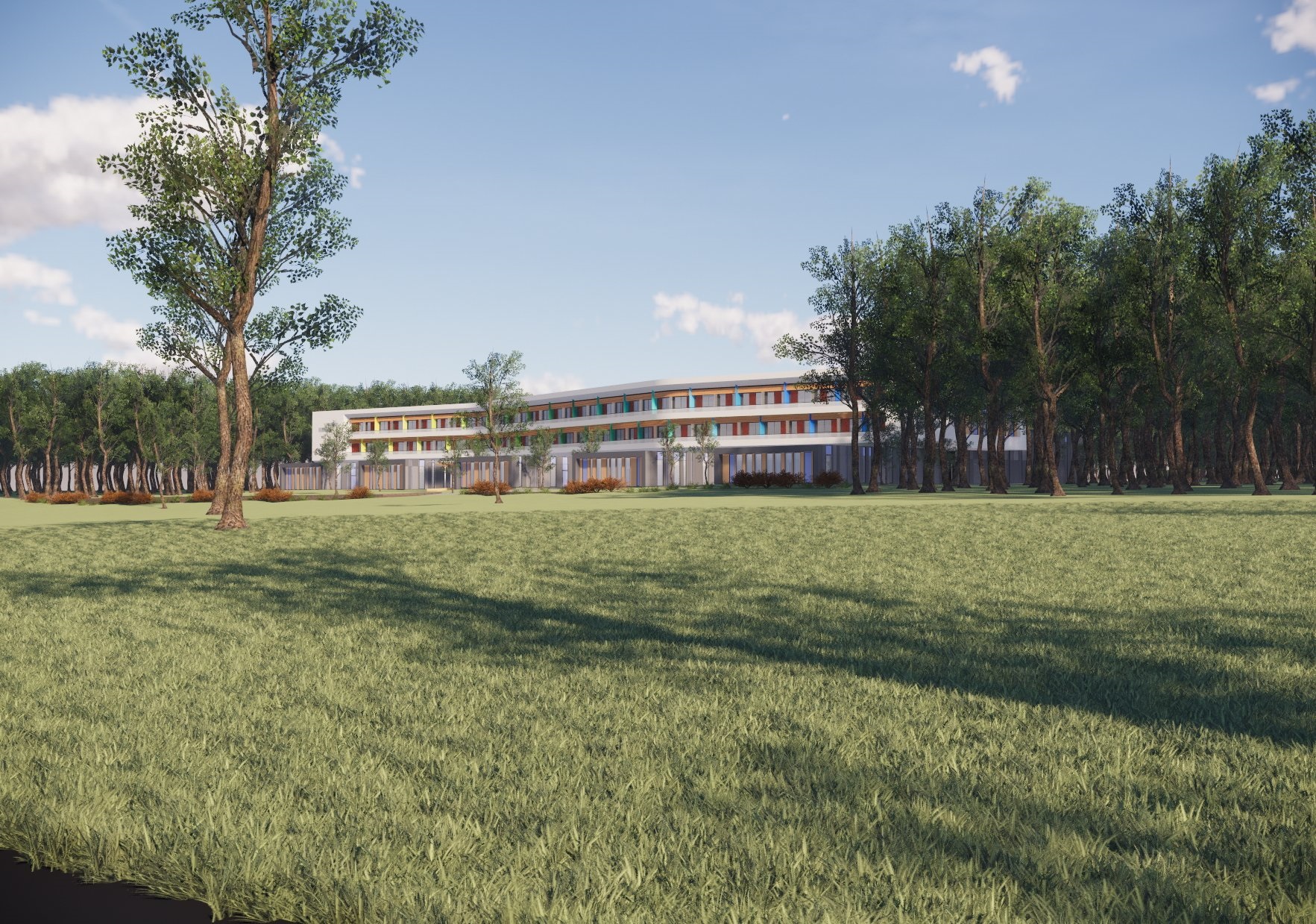
March 24, 2021, by brzam5
Rehabilitation Matters: Transforming the face of rehabilitation
Rehabilitation Matters is a series of stories and perspectives from people who care about effective clinical rehabilitation and the benefits it provides. Starting with this article by the National Rehabilitation Centre’s (NRC) Programme Director Miriam Duffy, the series includes viewpoints from patients, clinicians, surgeons, academic partners and others.
I don’t know Jack Willis, the 24-year old England flanker who went from hero to heartache at Twickenham this February, his leg pinned in a ruck and his knee buckled. One moment celebrating his debut try, the next simply trying to see a way back. His injury was serious – extensive damage to his knee – and, as he said at the time, his sporting life going from its highest to its lowest point within the space of five minutes.
I don’t know many patients when they come into Nottingham University Hospital (NUH), but I do know them when they leave our service and I know what a difference effective clinical rehabilitation makes on their post-injury journey.
Rehabilitation matters
I know that rehabilitation matters. I know that it can mean the difference between returning to life and work – or not.
That’s why I’m writing the first of what we intend will be a series of articles and insights, telling the stories of patients, surgeons, therapists, stakeholders and everyone who shares a view that rebuilding lives post injury and illness requires not just fantastic trauma and acute care but specialist clinical rehabilitation too.
I lead the NRC Programme so of course I’d say this – but look at the stats. We are great in the NHS at saving lives and treating people with all manner of injuries and illness in A&E. We are not so good at doing the next piece, namely giving them the right clinical rehabilitation to maximise their opportunity to return to life and work, fitness and function. There’s a disconnect there and it’s one that all of us in the NRC Programme are working hard to address.
Transforming the face of rehabilitation
As I write, we have an opportunity to make the NRC happen in the next few years. The concept of a place which combines rehabilitation together with innovation and R&D plus training, research and education is established. The ambition is to transform the face of rehabilitation. We are ready to deliver.
The thinking on how to design, build, operate and maximise the centre is largely done.
It’s now a case of working through the formal NHS procurement and decision-making process. With the right support and a Government green light, we could be up and running, treating patients in 2024.
Every time I see someone get injured on the sports field or meet patients at NUH, I feel for them because I know how challenging the path back can be.
Rehabilitation is a truly active process which requires as much participation – if not more – from the patient as well as from the team around them. When pathways work properly, the emphasis quickly shifts from those acute medical needs to rehabilitation needs with the right medical input. A trauma team and surgeon may save your life if you’ve been in a car crash or serious accident. Their skill will do that for you as you lie in the operating theatre. But when it comes to rehabilitation, it’s much more of a shared effort. The patient has to put in their contribution just as the care needs to be there to help them progress that often lengthy and painful fight back to fitness.
Better outcomes for patients
From my experience, I can see when this works well and when it doesn’t. When it works, you can be assured that both patient and the clinical rehabilitation team are involved. It’s a fact that better outcomes come with that combination of supporting care matched with patient mentality.
One of the reasons I feel as passionately about this as I do is because of the success stories that show what’s possible. When you work in a hospital you see a whole range of outcomes for people. And you know what it’s like when someone arrives in need and you can help them to tackle their illness or problem and to emerge stronger.
Right now, it’s hard to look beyond Billy Monger as the embodiment of everything I’m talking about.
Broken like Jack Willis doing the thing he loved, Billy came to us at NUH in a serious condition following his crash at the Donnington Park circuit. Now, he has just walked, kayaked and cycled his way to Comic Relief superhero status. He has shown what’s possible when mind, body, rehabilitation and support all come together. He has inspired a great many people to think differently and to re-evaluate what’s possible post injury. I take my hat off to Billy and wish him every success. He is amazing.
People matter
So back to my point. People matter and, because of that, rehabilitation matters.
We are on a journey to create the NRC. We are putting one foot in front of the other to get to where we want to be, treating patients in 2024 and raising the bar in terms of effective clinical rehabilitation care.
We want to share our stories with anyone and everyone who wants to understand more and to see this initiative succeed.
Jack will be back, I’m sure of that. He’s already said that he “will give everything to come back a better and stronger player”.
Injury or illness need not be an end or a total change of direction. It will set you back but it can be overcome. When it is, good clinical rehabilitation will most definitely play a part.
Miriam Duffy is a Chief Allied Health Professional at Nottingham University Hospitals NHS Trust & Director for the National Rehabilitation Centre Programme.
No comments yet, fill out a comment to be the first

Leave a Reply